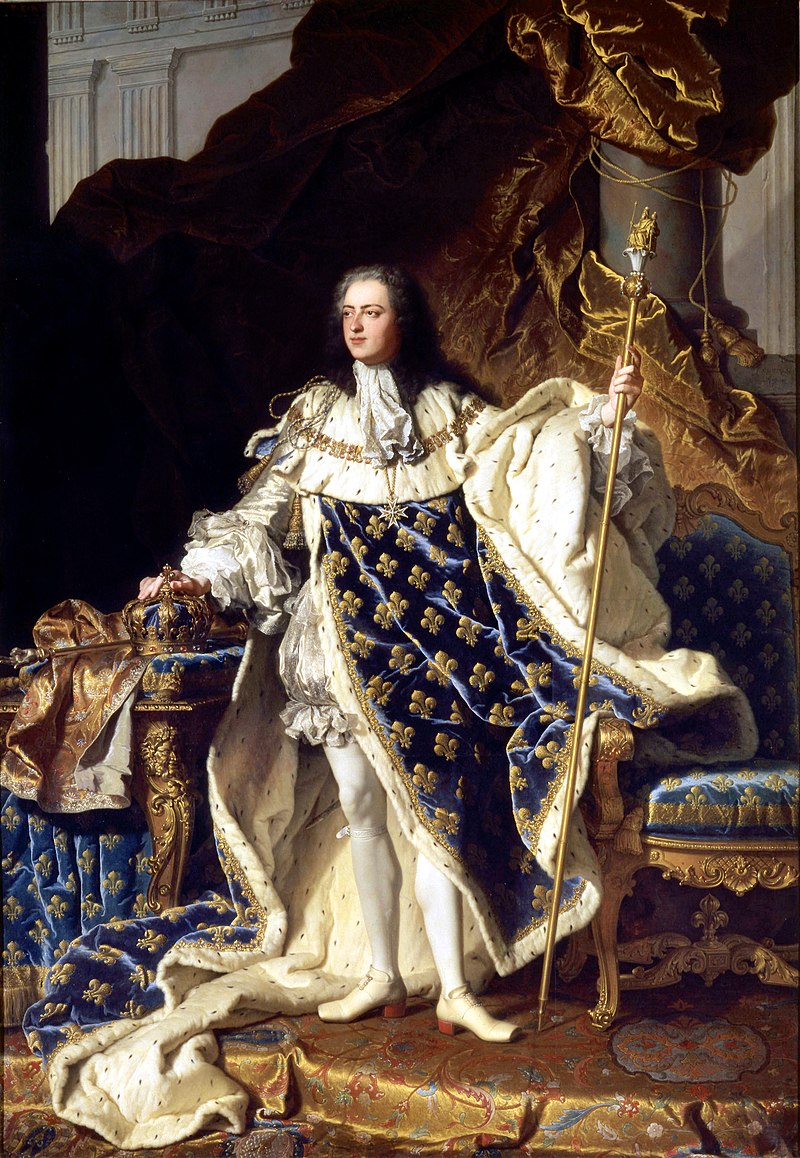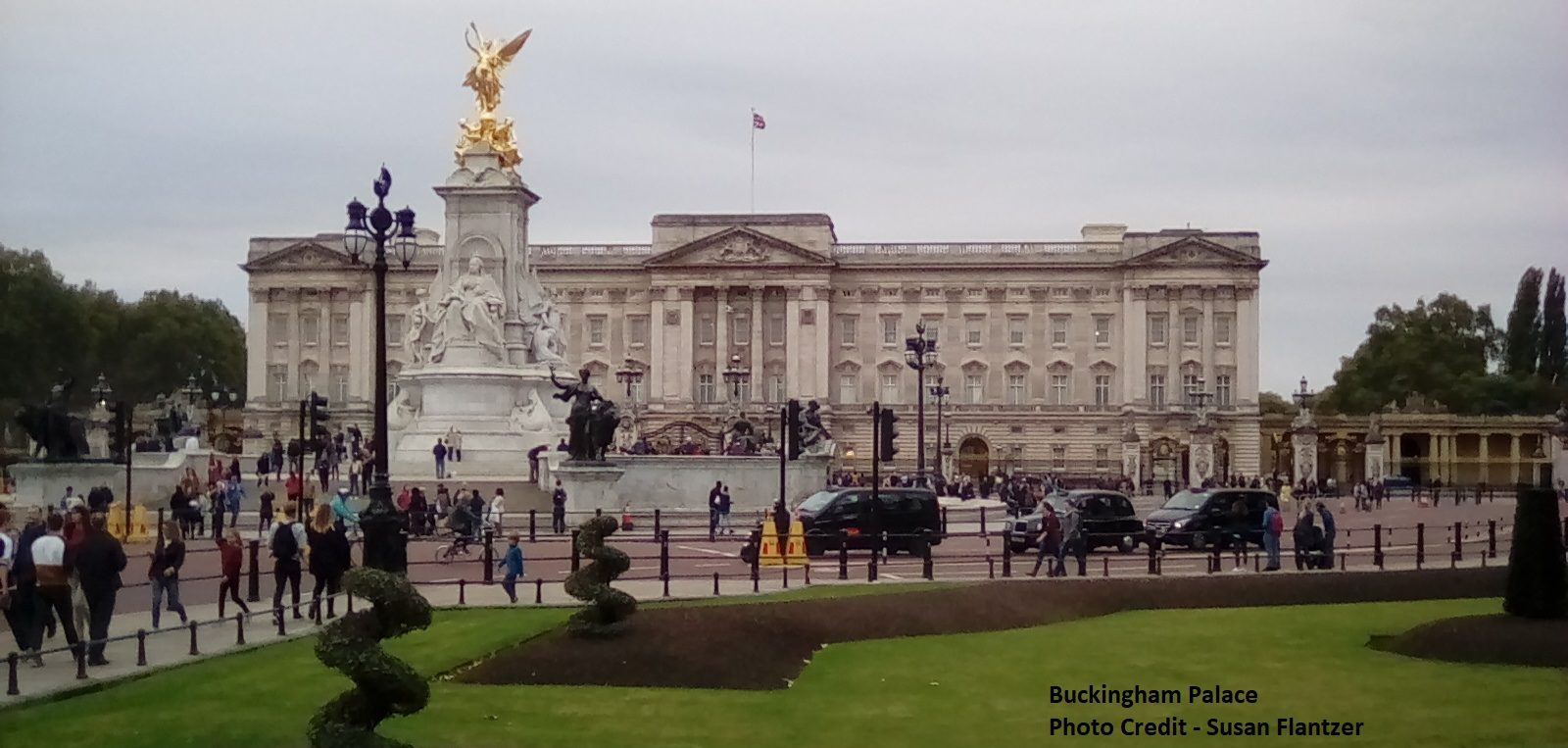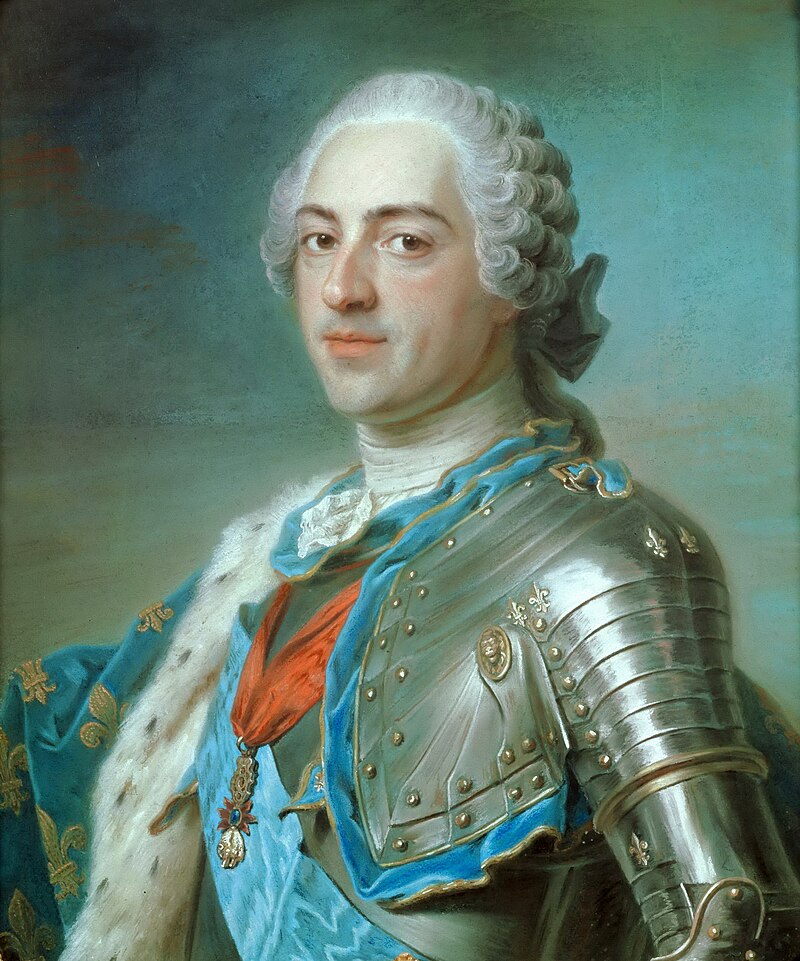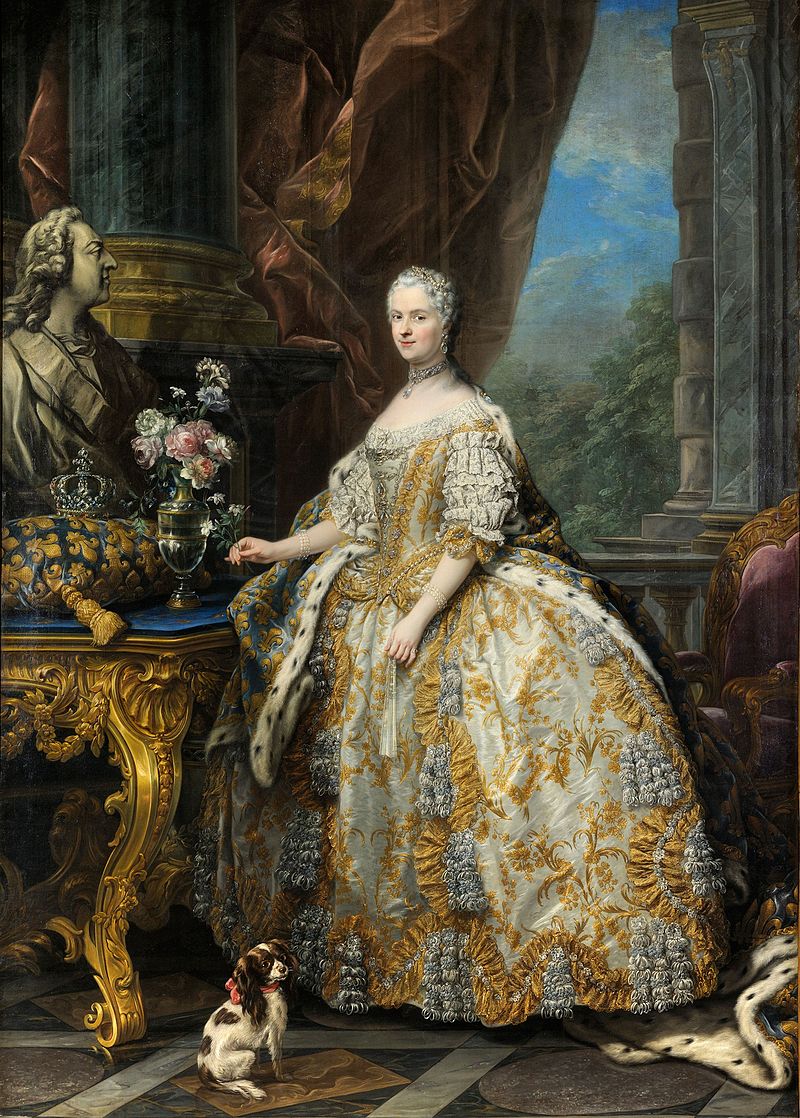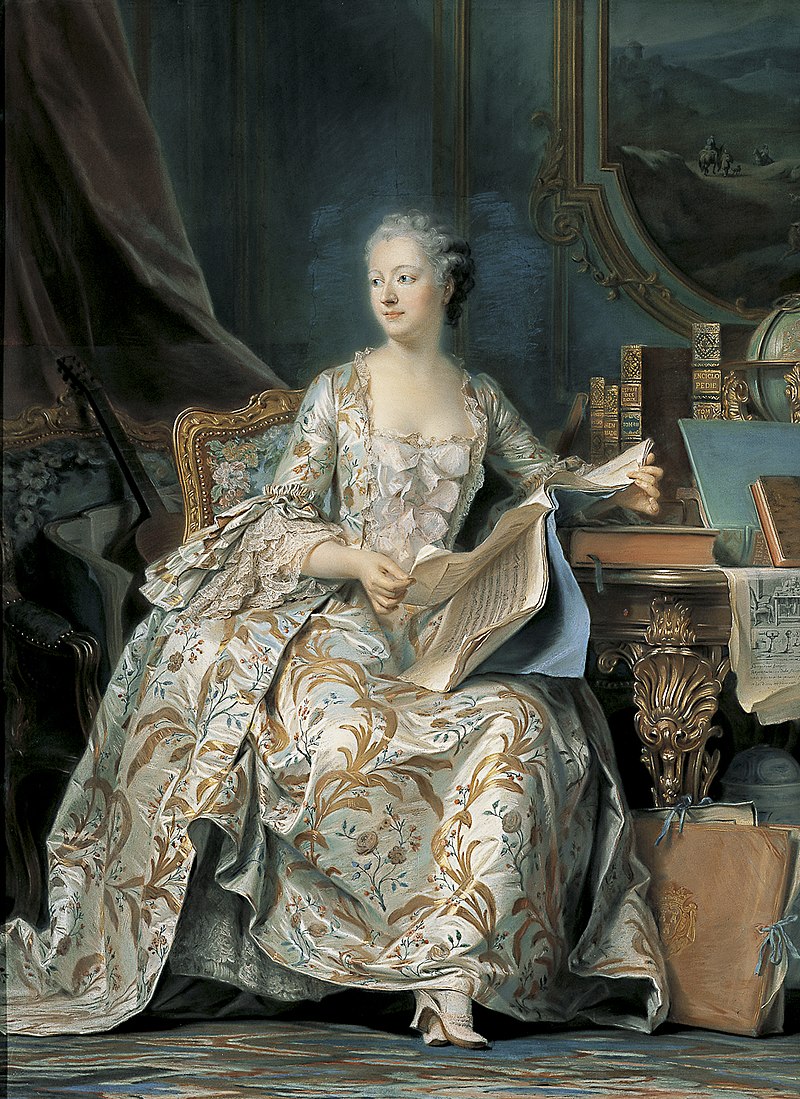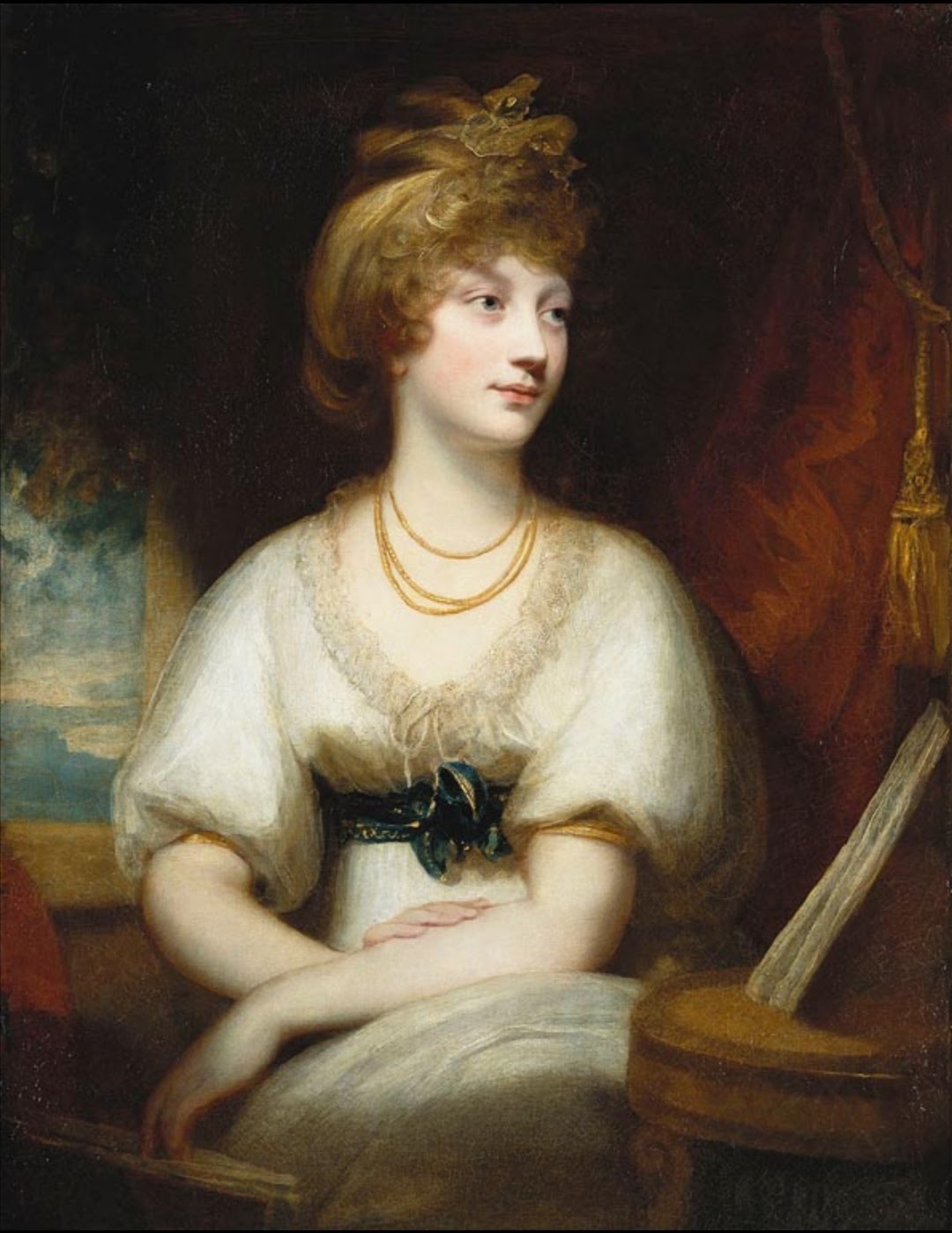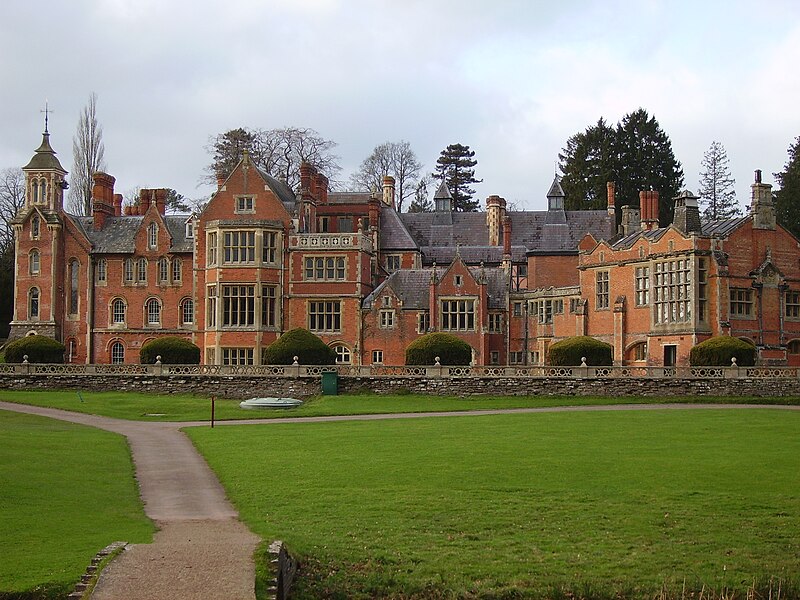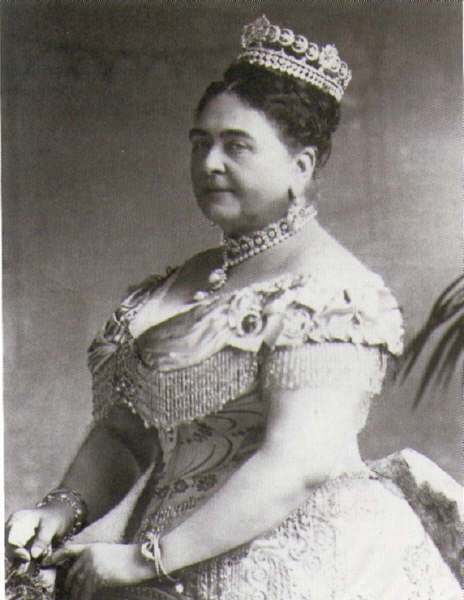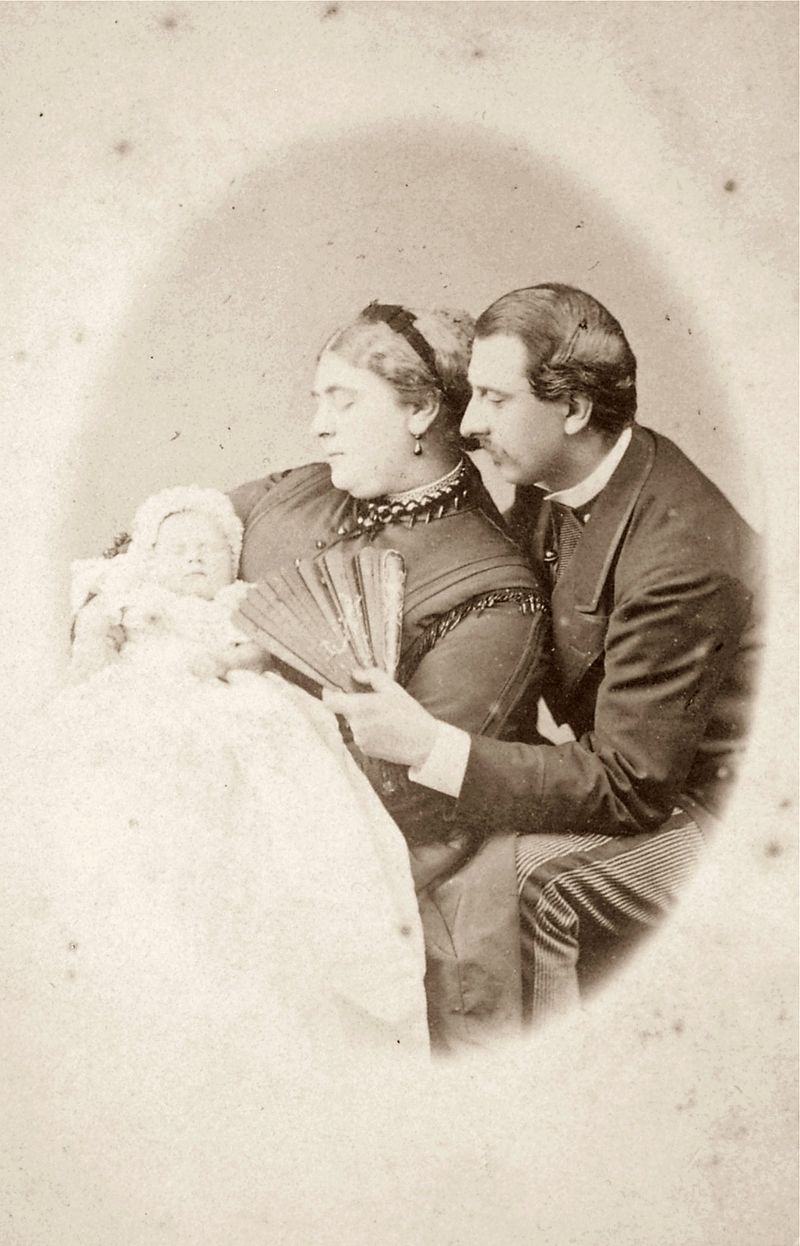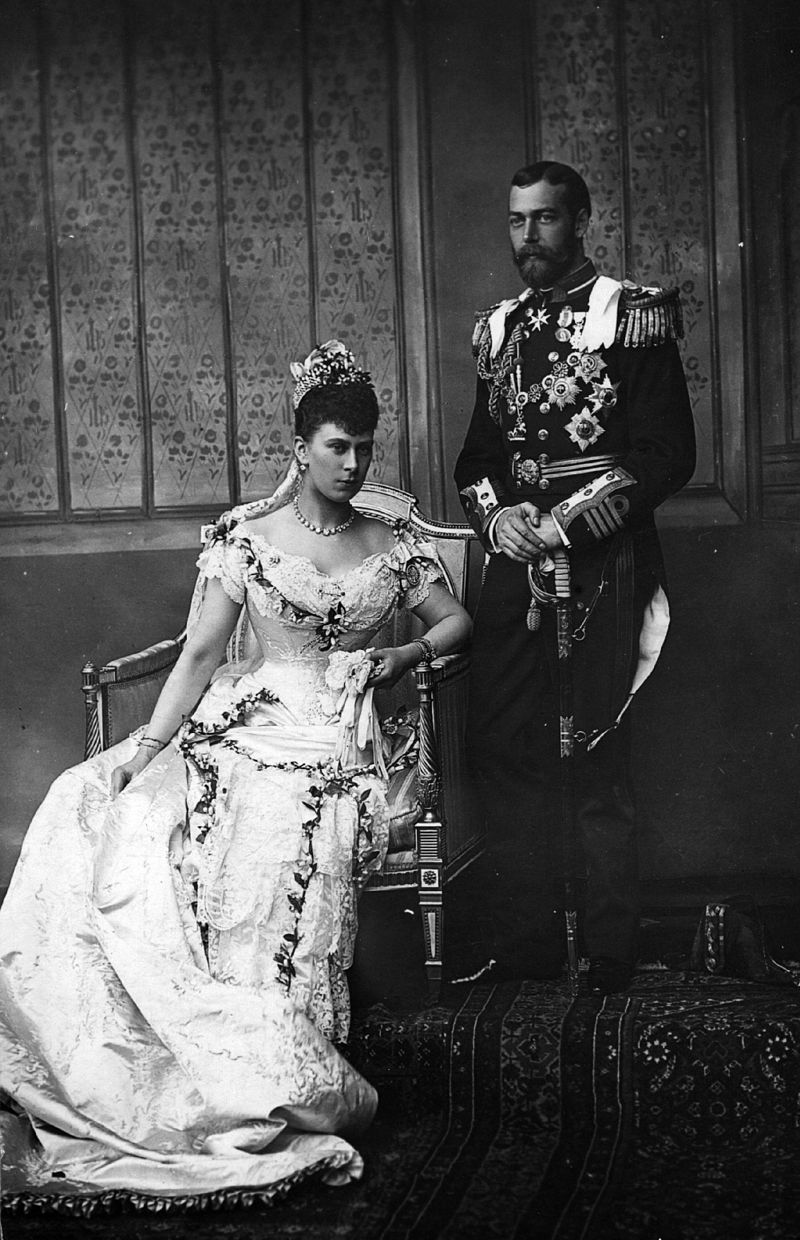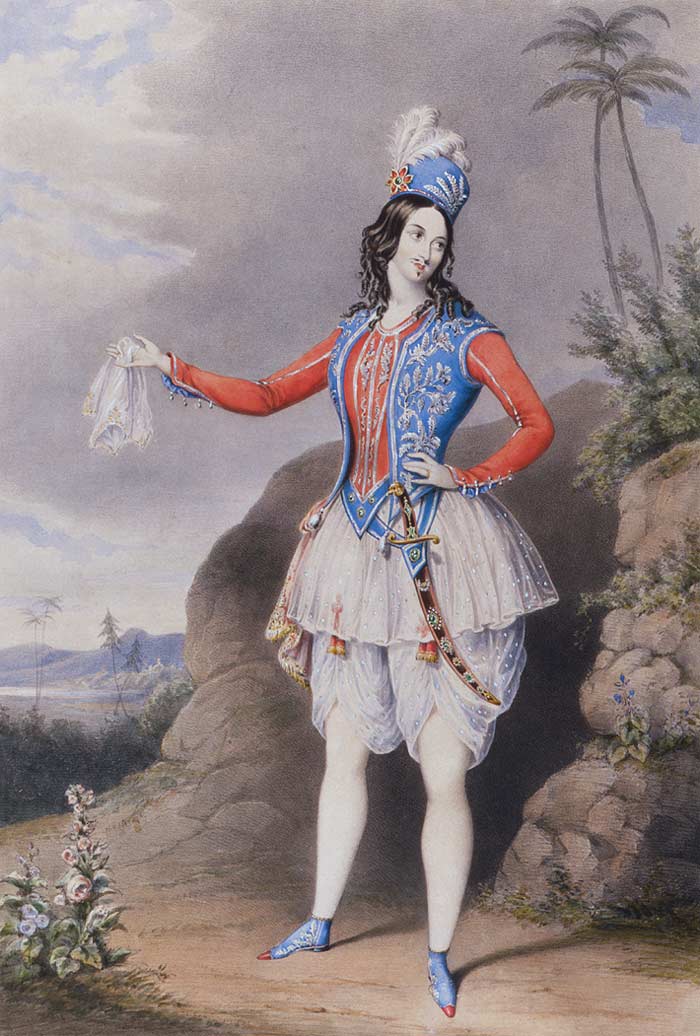by Susan Flantzer © Unofficial Royalty 2016

Prince Augustus, Duke of Sussex; Credit – Wikipedia
Prince Augustus, Duke of Sussex is infamously known for making two marriages in contravention of the Royal Marriages Act 1772. He was born at the Queen’s House (now Buckingham Palace) in London, England on January 27, 1773, the sixth son and the ninth of the fifteen children of King George III of the United Kingdom and Charlotte of Mecklenburg-Strelitz. On February 25, 1773, he was christened Augustus Frederick in the Great Council Chamber at St. James’s Palace by Frederick Cornwallis, Archbishop of Canterbury. His godparents were:
Augustus had fourteen siblings:
- King George IV (1762 – 1830), married Caroline of Brunswick-Wolfenbüttel, had issue: Princess Charlotte of Wales, who died in childbirth, as did her child
- Prince Frederick, Duke of York (1763 – 1827), married Frederica of Prussia, no issue
- King William IV (1765 – 1837), married Adelaide of Saxe-Meiningen, no surviving legitimate children, but had illegitimate children
- Charlotte, Princess Royal (1766 – 1828), married King Friedrich I of Württemberg, no surviving issue
- Prince Edward, Duke of Kent (1767 – 1820), married Victoria of Saxe-Coburg-Saalfeld, had issue: Queen Victoria, the present British Royal Family are his descendants
- Princess Augusta Sophia (1768 – 1840), unmarried, no issue
- Princess Elizabeth (1770 – 1840), married Friedrich, Landgrave of Hesse-Homburg, no issue
- King Ernest Augustus I of Hanover, Duke of Cumberland (1771 – 1851), married Friederike of Mecklenburg-Strelitz; had issue
- Prince Adolphus, Duke of Cambridge (1774 – 1850), married Augusta of Hesse-Kassel, had issue, the present British Royal Family are his descendants through his granddaughter Mary of Teck, who married King George V of the United Kingdom
- Princess Mary (1776 – 1857), married Prince William Frederick, Duke of Gloucester, no issue
- Princess Sophia (1777 – 1848), never married, possible illegitimate issue
- Prince Octavius (1779 – 1783), died in childhood
- Prince Alfred (1780 – 1782), died in childhood
- Princess Amelia (1783 – 1810), never married, no issue

Queen Charlotte painted by Benjamin West in 1779 with her 13 eldest children; Credit – http://www.royalcollection.org.uk
Augustus and his siblings were raised by their governess, Lady Charlotte Finch, who served the Royal Family for over 30 years. Lady Charlotte supervised the royal nursery and was responsible for the princes’ education until they lived in their own households and for the princesses until they turned 21. When he was older, Augustus lived in a household with his brothers Ernest and Adolphus near the royal residence, Kew Palace. The three brothers were educated by private tutors. In 1786, Ernest, Adolphus, and Augustus were sent to the University of Göttingen in the Electorate of Hanover under the supervision of Georg Christoph Lichtenberg, a mathematics and physics professor.

Augustus by Thomas Gainsborough, 1782; Credit -Wikipedia
Augustus suffered from asthma, and because of that, a military career was considered inappropriate. He was quite ill during the summer of 1790 and was confined to his room for five weeks. His doctors advised him to avoid the winter in England, so in December 1790, he began a journey through southern France and Italy, which would last a few years. On his travels, Augustus met a young Englishman who had also attended the University of Göttingen, Josiah Dornford. Dornford’s father was active in prison reform, and this young man’s liberal views influenced Augustus.
In August 1791, Augustus was still traveling through France and Italy. At that time, he considered becoming a cleric in the Church of England, and he wrote to his father: “…at a moment when in some measure the Church of England is attacked, nothing can give it more strength than your Majesty’s giving one of your sons a place in it.” King George III never answered Augustus’ letter, and so he continued wandering around Europe, becoming more and more restless.

Augustus by French painter Louis Gauffier (1793); Credit – Wikipedia
Augustus went to Rome in November 1792, where a group of English aristocrats were living abroad. He met Lady Augusta Murray, exactly five years older than him to the day, the daughter of John Murray, 4th Earl of Dunmore and Lady Charlotte Stewart, daughter of Alexander Stewart, 6th Earl of Galloway. Lord Dunmore had been Governor of the Province of New York, Governor of the Province of Virginia, and Royal Governor of the Bahamas. Augustus fell passionately in love with Augusta.

Lady Augusta Murray; Credit – Wikipedia
In January 1793, Augustus once again wrote to his father: “…should your Majesty think my presence of any use at this moment in England you have only to order…”, and once again, King George III did not answer. Frustrated and bored, Augustus felt his life had no direction. He proposed marriage to Augusta without the knowledge of the Royal Family. In 1772, the Royal Marriages Act was passed because two brothers of King George III had made marriages that the King considered very unsuitable. The Royal Marriages Act said that no descendant of King George II, other than the children of princesses who had married into foreign families, could marry without the sovereign’s consent. In addition, any member of the Royal Family over the age of 25 who had been refused the sovereign’s consent could marry one year after giving notice to the Privy Council of their intention to marry unless both houses of Parliament declared their disapproval. Any marriage in contravention of the act was void, and any children would be illegitimate and not have any succession rights. A member of the Royal Family who contracted such a marriage would not lose his or her place in the succession. Augustus was only 20 years old and needed his father’s permission to marry.
At first, Augusta refused Augustus’ proposal because of the situation their marriage would place Augustus in regarding the Royal Marriages Act. However, this only fueled Augustus’s passion, and he would not take “no” for an answer to his proposal. On April 4, 1793, after Augusta’s mother had left the Hotel Sarmiento for the evening, where they were staying in Rome, Augustus and a Church of England cleric entered the hotel. The marriage ceremony was performed without witnesses, and all three swore to keep it secret, although Augusta’s mother was told. In August 1793, Augustus was recalled to England because his governor, who had no idea that a marriage had taken place, alerted Augustus’ parents that he was forming a dangerous relationship. Augusta and her mother followed him back to England, and Augustus continued visiting them in their London home. By this time, Augusta was pregnant.
During the autumn of 1793, banns of marriage for a Mr. Augustus Frederick and a Miss Augusta Murray were read at St. George’s, Hanover Square, in London without suspicion of the couple’s true identities. On December 5, 1793, a very pregnant Miss Augusta Murray and Mr. Augustus Frederick were married at the church. The bride explained that they had been married in Italy when the groom was underage and that they wanted to be remarried in England. On January 13, 1794, Augusta gave birth to a boy, named after his father, Augustus Frederick.
The marriage greatly angered King George III and was declared null and void in August 1794. Despite this, Augustus and Augusta continued to live together. A daughter named Augusta Emma was born in London on August 11, 1801. The two children, deemed illegitimate, used the last name D’Este as both their parents were descendants of the House of Este.
In 1801, some kind of deal was brokered, and Augustus and Augusta separated. Augustus was created Duke of Sussex, Earl of Inverness, and Baron Arklow and received a parliamentary grant of £12,000. Augusta retained custody of the children and received £4,000 a year. On March 5, 1830, Augusta died at the age of 62 in Ramsgate, Kent, England. Augustus was saddened at her death: “When one looks back to events of thirty-seven years ago one cannot do it without a sigh.”

Augustus, Duke of Sussex, 1812; Credit – Royal Collection Trust/© His Majesty King Charles III
Augustus and Augusta’s son, Augustus Frederick D’Este, was an active member of the Aborigines Protection Society and was particularly interested in Native Americans. He was also the earliest recorded person for whom a definite diagnosis of multiple sclerosis can be made. The diagnosis was made in 1948 after the discovery of the diaries he kept for 22 years detailing his symptoms. He never married, probably due to his illness, and died in 1848 at the age of 54.

Augusta Emma D’Este; Credit – Wikipedia
The couple’s daughter, Augusta Emma D’Este, married Thomas Wilde, 1st Baron Truro, but their marriage was childless. Like her father, she suffered from asthma and spent time in the warmer climates of Europe to ease her symptoms. Augusta kept in touch with her father and spent time at court attending Queen Adelaide, the wife of her uncle, King William IV. She died in 1866 at the age of 65.

Cecilia Underwood, Duchess of Inverness; Credit – Wikipedia
After the death of first wife Augusta Murray in 1830, Augustus married again in contravention of the Royal Marriages Act. He had become friendly with a widow, Lady Cecilia Buggin. Lady Cecilia was the eldest daughter of Arthur Gore, 2nd Earl of Arran and Elizabeth Underwood. Augustus and Cecilia married at Great Cumberland Place in London, on May 2, 1831. Because marriage was not considered legal, Cecilia could not take the style and title Her Royal Highness The Duchess of Sussex, so instead, she assumed the surname Underwood, her mother’s maiden name, and was known as Lady Cecilia Underwood. The couple lived at Augustus’s apartments in Kensington Palace.
In 1837, Augustus’ niece succeeded to the throne as Queen Victoria. Neither Victoria’s mother nor Lord Melbourne, her mentor and first Prime Minister, had anything positive to say about her uncles, but Augustus had always been genuinely fond of his niece. Queen Victoria gave Augustus the respect she knew was due to him. She appointed him Grand Master of the Order of the Bath. Augustus was also given the honor to move the Address to the Throne in the House of Lords at the first session of a new parliament in the new reign. At Queen Victoria’s coronation, Augustus received the biggest ovation from the crowd of all Victoria’s aunts and uncles on their way to and from Westminster Abbey.

Augustus, Duke of Sussex; Credit – Royal Collection Trust/© His Majesty King Charles III
However, Augustus’ biggest honor was yet to come. Victoria requested that Lord Melbourne write to Augustus to ask if he would give her away at her marriage to Prince Albert of Saxe-Coburg and Gotha “as her nearest relation in this country and one who stands in the place of a Father.” Augustus was overjoyed to accept and sobbed emotionally throughout the wedding ceremony. As a token of her gratitude, Queen Victoria created Augustus’ wife Cecilia, Duchess of Inverness in her own right in 1840. The protocol had created problems with Cecilia’s precedence at court, and from then on these problems would be resolved. In 1841, Augustus was one of the godparents at the christening of Queen Victoria’s first child, Victoria, Princess Royal.

Queen Victoria’s wedding, Augustus is wearing the black cap, standing to the right of Queen Victoria; Credit – Wikipedia
On April 21, 1843, Augustus died from erysipelas at the age of 70 with his brother Adolphus and his wife Cecilia at his bedside. Because Augustus feared that Cecilia would not be allowed to be buried in the Royal Vault at St. George’s Chapel, Windsor, he left instructions that he be buried at Kensal Green Cemetery in Kensal Green, London, England, where he was buried in front of the main chapel, opposite the tomb of his sister Princess Sophia. His wife Cecilia continued to live at Kensington Palace and survived him by 30 years, dying on August 1, 1873, at the age of 88. She was buried next to Augustus at Kensal Green Cemetery.

Grave of Prince Augustus, Duke of Sussex; Credit – Wikipedia
This article is the intellectual property of Unofficial Royalty and is NOT TO BE COPIED, EDITED, OR POSTED IN ANY FORM ON ANOTHER WEBSITE under any circumstances. It is permissible to use a link that directs to Unofficial Royalty.
Works Cited
“Prince Augustus Frederick, Duke of Sussex.” Wikipedia. N.p.: Wikimedia Foundation, 21 July 2016. Web. 13 Aug. 2016.
“Lady Augusta Murray.” Wikipedia. N.p.: Wikimedia Foundation, 28 May 2016. Web. 13 Aug. 2016.
“Cecilia Underwood, Duchess of Inverness.” Wikipedia. N.p.: Wikimedia Foundation, 28 May 2016. Web. 13 Aug. 2016.
Van Der Kiste, John. George III’s Children. Trowbridge: Alan Sutton Publishing Limited, 1999. Print.
Williamson, David. Brewer’s British Royalty. London: Cassell, 1996. Print.

